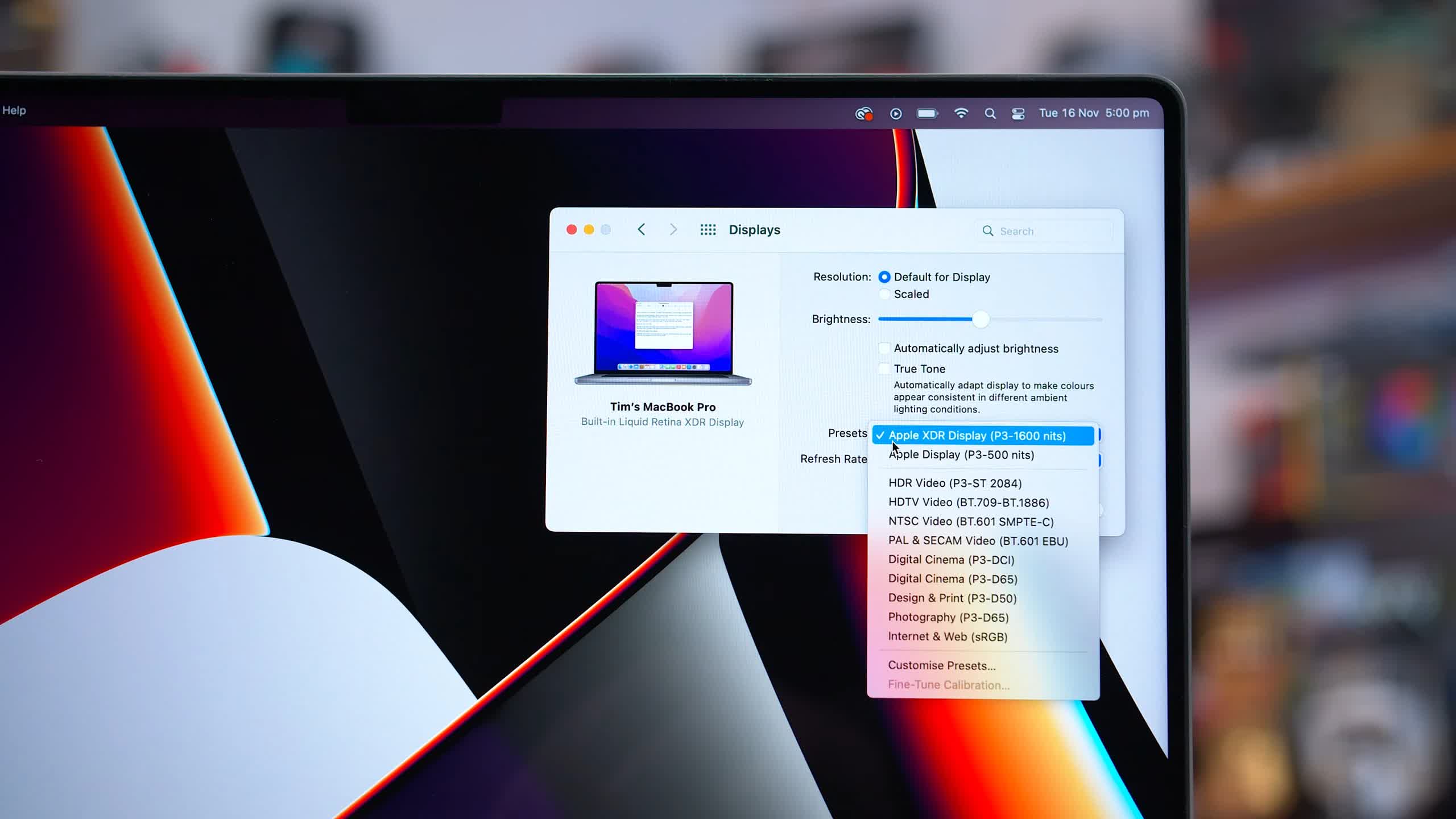

- #Mac with windows 10 low bright update
- #Mac with windows 10 low bright pro
- #Mac with windows 10 low bright free
Therefore, Night Light is fine for casually browsing the web, checking emails, or working on documents and spreadsheets, but you’ll probably want to turn it off when editing photos and videos, playing certain games, or catching up on your Netflix queue. The “Cons,” however, are that Night Light obviously makes changes, often drastic, to your displays color temperature, and that can really mess with any work or entertainment that relies on color accuracy.
#Mac with windows 10 low bright free
Still, it doesn’t hurt to try it out, especially now that it’s a free built-in feature of Windows. On the “pro” side, a feature like Night Light really can help with eye strain, although its ability to improve, or at least not interfere with, your sleep will vary based on the individual. Pros and Cons of Night LightĪs Night Light isn’t anything new, it shares the same pros and cons as its competitors. If you work into the wee hours of the morning, this gradual change will also occur when Night Light turns off and reverts to the default color temperature.

If you go with one of the scheduled option, Night Light will gradually turn itself on, slowly adjusting the color temperature to the designated setting and avoiding any sudden and shocking shifts in color temperature.
#Mac with windows 10 low bright update
You can either select Sunset to Sunrise, which will automatically update each day based on your location, or set a manual start and stop time. To set a Night Light schedule, slide the Schedule Night Light toggle to On and then choose a timing option. This way, you won’t forget to enable it and risk causing sleep-killing eye strain.

#Mac with windows 10 low bright pro
If you have a MacBook Pro with Touch ID, the Touch ID button is also the power button. Hold these keys and the power button for 10 seconds. Step 2: Press Shift-Control-Option on the left side of the built-in keyboard, then press the power button at the same time. While manual control of Night Light can be helpful, the feature is arguably best utilized via an automatic schedule. Step 1: Choose Apple menu > Shut Down and wait for your Mac to shut down. The best option is somewhere in the middle, and you can see a preview of each color temperature setting by clicking and holding on the slider. Moving the slider all the way to the right will result in virtually no change in color temperature, while moving it all the way to the left will give you an extremely red color temperature that will likely be too much for most users. For more advanced control, however, click Night Light Settings.įrom the Night Light Settings window, you can manually adjust the color temperature that the feature will use when enabled via the slider. From here, you can manually turn Night Light on or off by clicking the toggle switch. If you’re up-to-date, launch Settings from your Start Menu and select System > Display.Īt the top of the Display tab in Settings, under the “Color” heading, is the new Night Light feature. To enable Night Light, first make sure you’re running the Creators Update, which should be Version 1703 or newer. Although included as part of the Windows 10 Creators Update, Night Light is turned off by default.


 0 kommentar(er)
0 kommentar(er)
